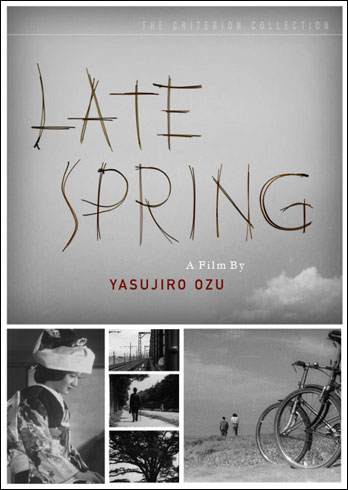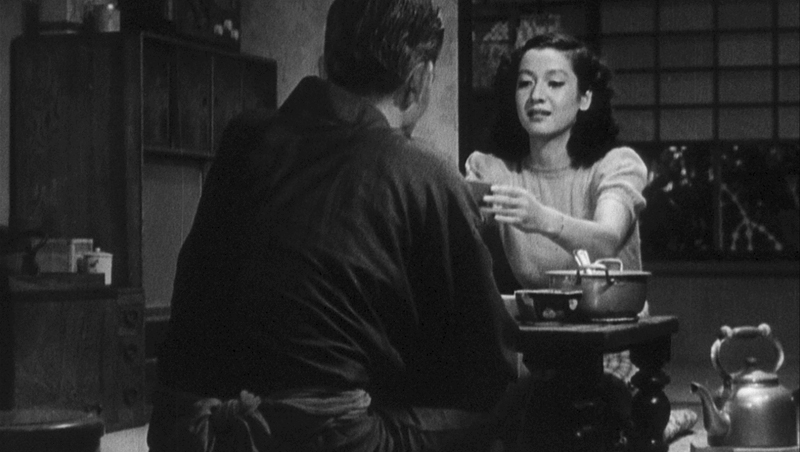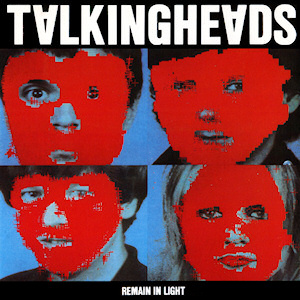Jon Poilpre ‘15
Late Spring is a film directed by Yasujiro Ozu, a notable Japanese film director who did most of his work in the mid-20th century. This film was released in 1949. The conflict of the story is that society wants a girl to get married, but the girl does not want to get married. The plot is very minimalist; the previous sentence is practically an embellishment. Other than numerous occurrences of pickles, which occur at various non-pivotal points in the non-pivotal plot, the movie is very devoid of action.
However, Ozu does this very deliberately. The film is an Oriental film, and therefore cannot be looked at through a Western lens. In Late Spring, Ozu is not trying to present a central conflict with a rising action, climax, and resolution. He is merely trying to take a snapshot of a group of people’s lives, a family portrait you could say. The shots are prolonged much longer than in Western cinema and don’t beg for one’s attention, requiring one to be an active viewer to understand the film’s subtleties. Many of the scenes are not essential to the movement of the story; they just exist, much like the course of events in one’s life.
Early in the film, the main character, Noriko Somiya, has a somewhat stifling habit of smiling with every word she says, despite the content of what she is saying. This becomes quite disturbing at certain points in the film, especially when she is talking about violent or wretched things. However, these actions are a remnant of the traditional Japanese geisha, who was required to appear pleased no matter what topic was being discussed. This makes Noriko seem antiquated at the start of the film, in a way that a Westerner may not understand.
This point brings up another main component of the film, which is the conflict between traditional and modern Japanese cultures. The props and scenery used are very deliberate, even the patterns in which characters walk reveal where they lie on the orthodox to unorthodox scale. Many of them contrast Japanese culture to traditional American symbols. As Noriko’s character shifts her opinions to become less traditional, she starts sitting in chairs (as opposed to sitting on the floor), daringly snacking on biscuits and jam, and, most abhorrently of all, using calico tablecloths.
The film is worth watching because it challenges one to view film differently. Rather than engraving its message into one’s soul with a sharpened bratwurst (as many American films do), it presents a gentle, cool idea that flutters by one’s ear and methodically drifts away. While all of the concepts of Oriental cinema can in no way be captured by one film, it is an introduction into some of the attitudes of Japanese films. It is worthy of the time of anyone who considers themselves a cinephile or otherwise. Or if this is how you will spending October 22-24. If so, see you there.










